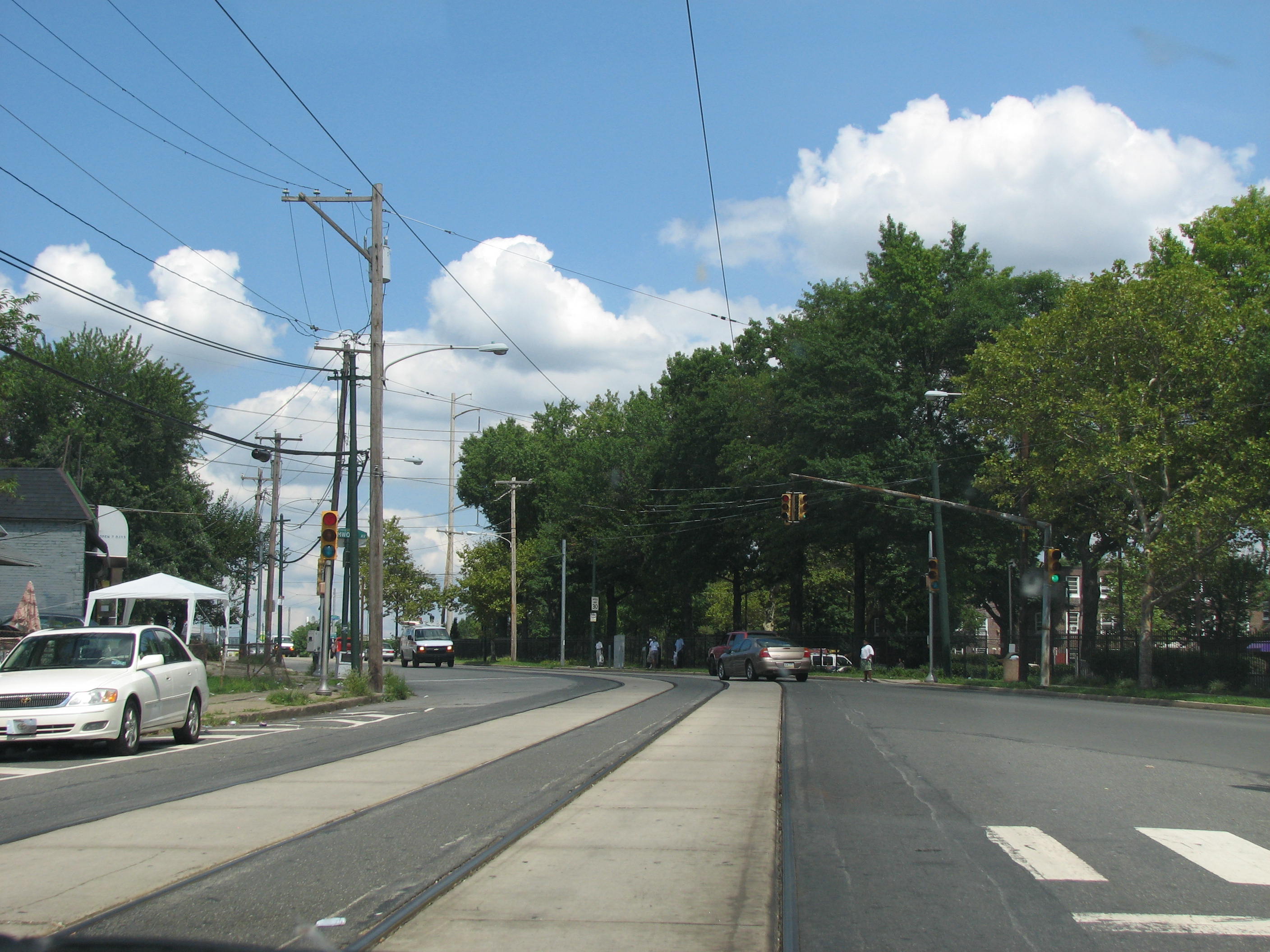Life after oil? It’s not just about us

Nov. 07
By Thomas J. Walsh
For PlanPhilly
If Earth was a country instead of a planet, it would be an extremely poor nation. It would be seen by other planet-states as economically divided, physically degraded and insecure in terms of water, food and climate. It would be considered poorly governed and unsafe. If the Milky Way had a state department, it would put Earth on its travel advisory list.
Otherwise, Adil Najam, professor of international relations, geography and the environment at Boston University, was extremely upbeat and humorous in his remarks Friday morning during the opening session of “Re-imagining Cities: Urban Design After the Age of Oil,” a conference with an accompanying exhibit at the University of Pennsylvania, sponsored by the Penn School of Design, the Penn Institute for Urban Research and the Rockefeller Foundation.
By every measure “our world is a third-world country,” Najam said.
Najam was “framing the problem” of global climate change, one of the morning themes. Sessions and panels addressed challenges in the reduction of carbon emissions, from the individual level to the national scale. Strategies for adapting to shifting energy prices and seizing opportunities within crises were the other broad themes.
The betterment of the developing world and a new emphasis on conservation need to be addressed together, in order for either concept to work, Najam said. Emissions policies and climate change strategies are also “equity problems,” he said. Environmental and socio-economic implications are not contained, he suggested. Where does elimination of your SUV fall in the index of priorities when people across the world do not have refrigerators?
Just as climate policy has been predominantly an energy policy, increasingly it will become a water policy, Najam said. A real world example: In six decades of war between India and his native Pakistan, Najam said total deaths from that conflict are less than any given year’s total number of children who die in one major urban area (such as Delhi or Karachi) because of dirty water.
“How do you motivate the people who are benefiting from the status quo to work against it?” said Jonathan Barnett, city and regional planning professor at Penn. In the United States, maybe there’s a way of using regional competition as a motivator for cooperation, he said.
Barnett was responding to remarks by Mark Alan Hughes, the city of Philadelphia’s director of sustainability. Hughes spoke about urban places adapting to over-arching environmental and energy problems. A city like Philadelphia represents a “huge potential harvest” of environmental opportunities, Hughes said, with regional collaboration as an elegant side benefit.
Judith Rodin, president of the Rockefeller Foundation and the former Penn president, opened the day with an invitation to “dare and act boldly” – setting the next urban agenda by planning and building environmentally stable centers of research and crucibles of innovation. Rodin spoke of “overburdened and in many cases outdated infrastructure” and our “slavish reliance on the automobile.”
Within those scenarios and problems are “thousands, hundreds of thousands, if not millions of green jobs,” Rodin said, invoking Jane Jacobs with the stated notion that in order for a society to flourish, there must be a vibrant city at its core.
Rodin cited Jacobs as one of the attendees at a gathering 50 years ago called “Conference on Urban Design,” also sponsored by the Rockefeller Foundation, where I.M. Pei, Lewis Mumford and others studied post-war urban development issues and crafted “a blueprint for intellectual architecture.” The current conference is being held to commemorate that event and to initiate conversations about 21st century urban issues. An accompanying exhibit that showcases innovative ideas, projects, designs and plans for a post-oil world economy runs through Saturday afternoon at Penn’s Meyerson Hall.
Throughout the panels, theory and ideals shared time with harsh economic realities.
“Cheap oil” was just that, said David Orr, a professor of environmental studies and politics at Oberlin College in Ohio. The bang from oil’s buck was enormous, but those days are gone. “New energy return on investment is significantly lower” than traditional oil- and coal-based systems, a significant factor in any discussion of cleaner fuels or streamlined infrastructure. Nonetheless, green demand is “not some pipe dream, it’s here, it’s now.” It’s more a matter of how to put energy systems to better use, Orr said. A windmill, for example, despite its seemingly simple design, might need up to 8,000 individual parts.
Gary Hack, professor of urban design and dean emeritus at Penn’s School of Design, said he hopes that attendees come away from the conference with a better understanding of how to educate people on the subject.
Also on hand for Friday’s opening session was Elizabeth Kolbert, a staff writer for the New Yorker who writes about environmental trends.
We face new challenges that can’t be met with yesterday’s ideas and technologies, Rodin said. We must dare to innovate, using this “opportunity and obligation to shape a new urban agenda. You are here because you are precisely the ones to sweat the details. Welcome to a most remarkable and crucially important dialogue.”
Contact the reporter at tom@thomasjwalsh.info.
ON THE WEB:
Conference home page: http://www.upenn.edu/penniur/afteroil/home.html
More on the 1958 conference: http://web.mac.com/peterlaurence/iWeb/Peter%20Laurence/Welcome%20(Jane%20Jacobs%20and%20the%20History%20of%20Urban%20Design%20Criticism).html
“The Island in the Wind: A Danish community’s victory over carbon emissions,” by
Elizabeth Kolbert (The New Yorker, July 2008): http://www.newyorker.com/reporting/2008/07/07/080707fa_fact_kolbert
WHYY is your source for fact-based, in-depth journalism and information. As a nonprofit organization, we rely on financial support from readers like you. Please give today.



